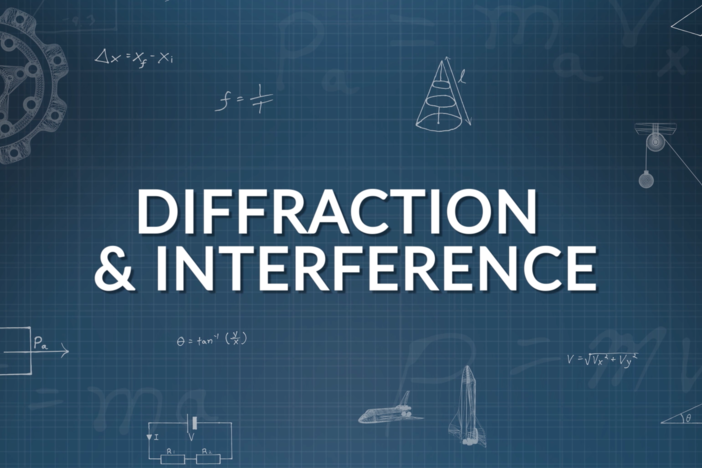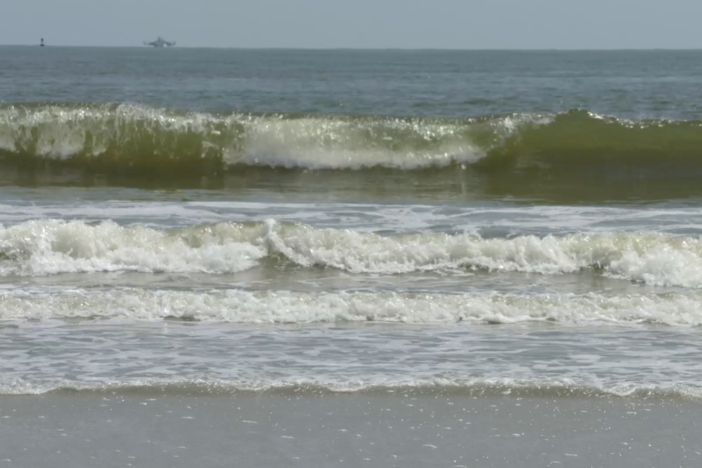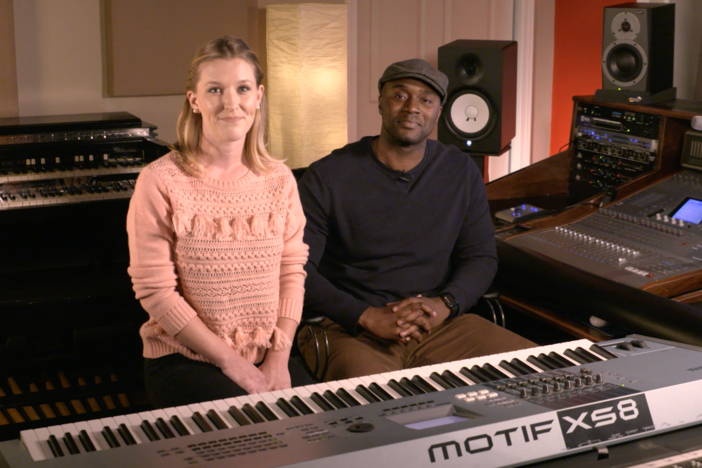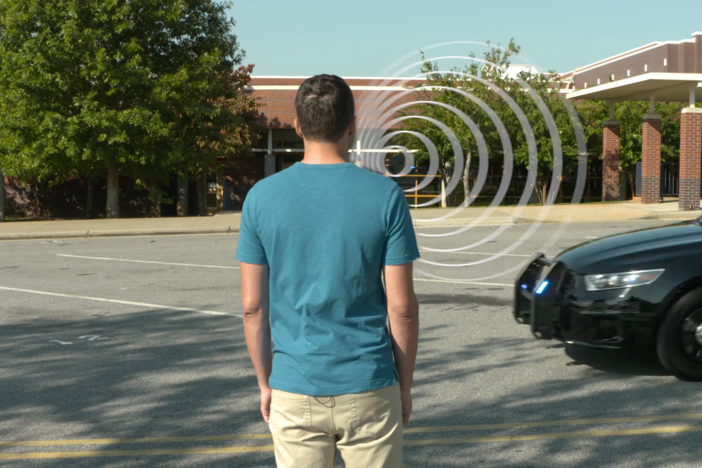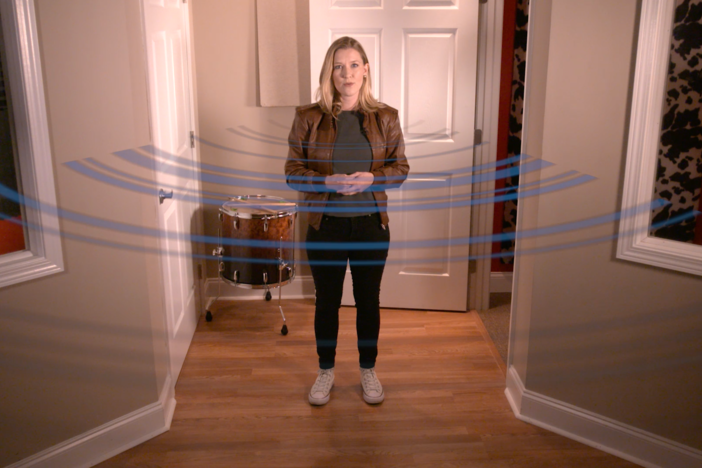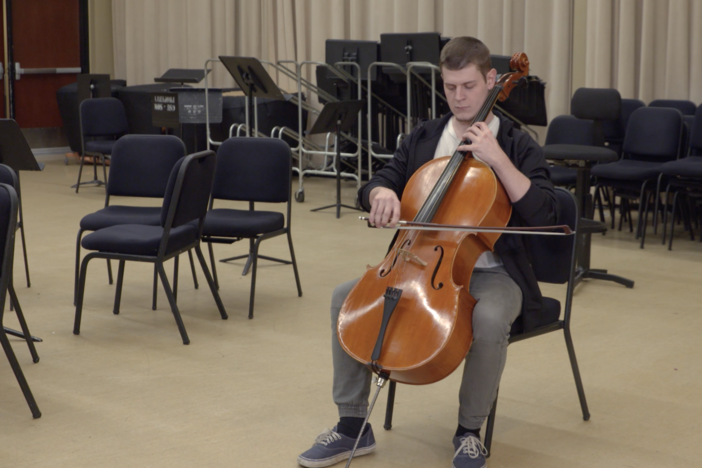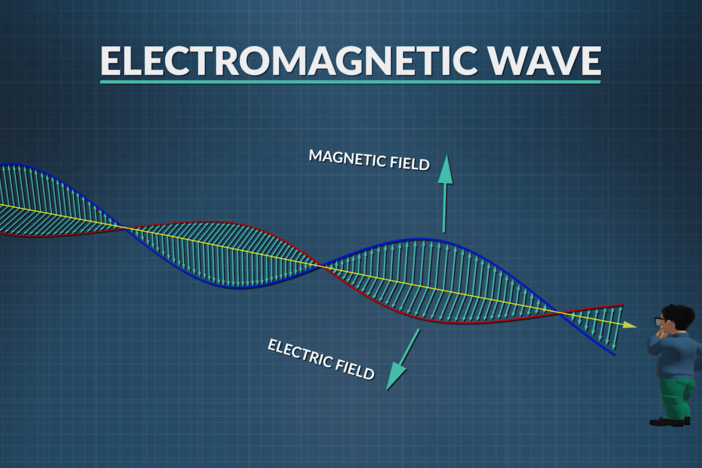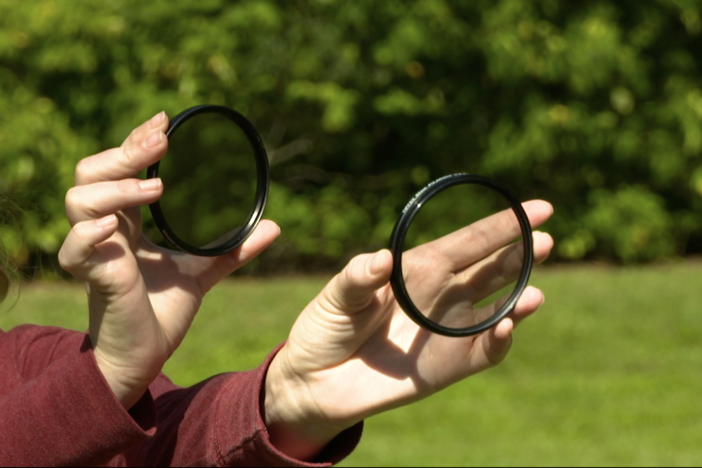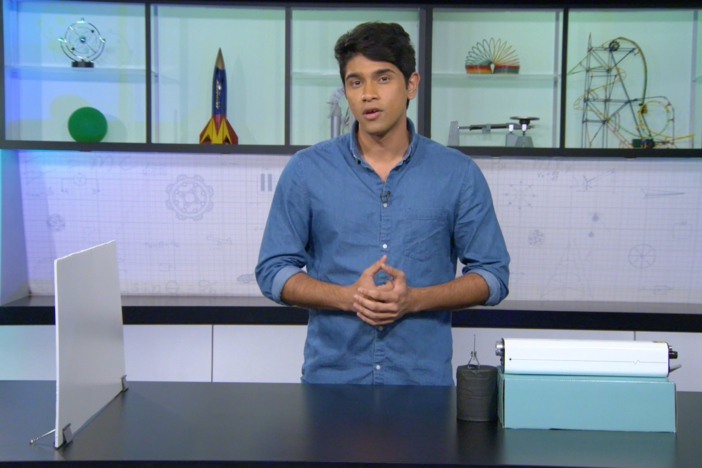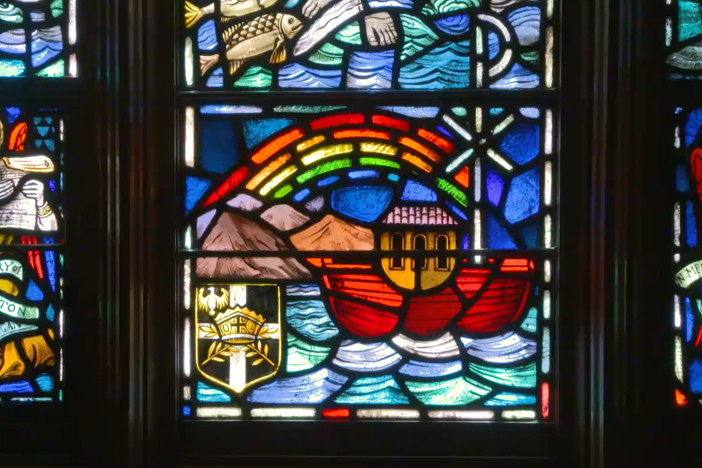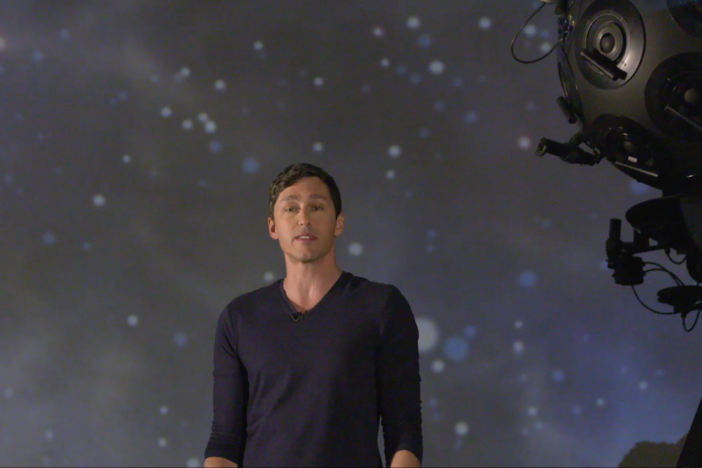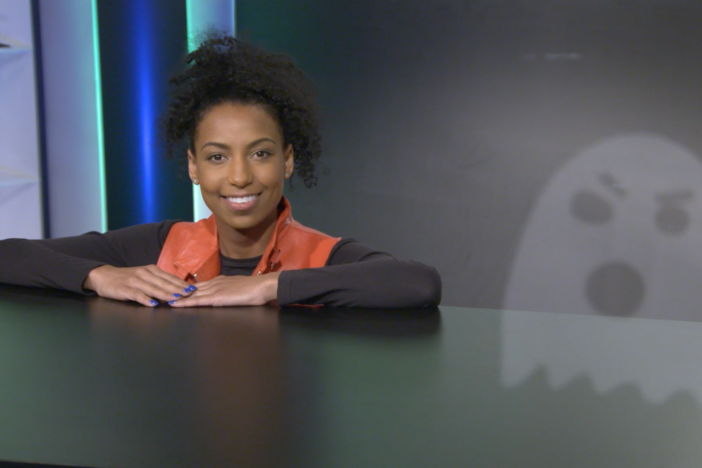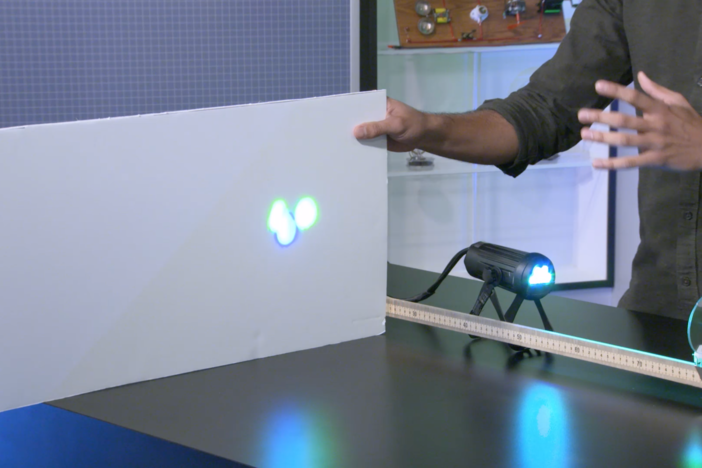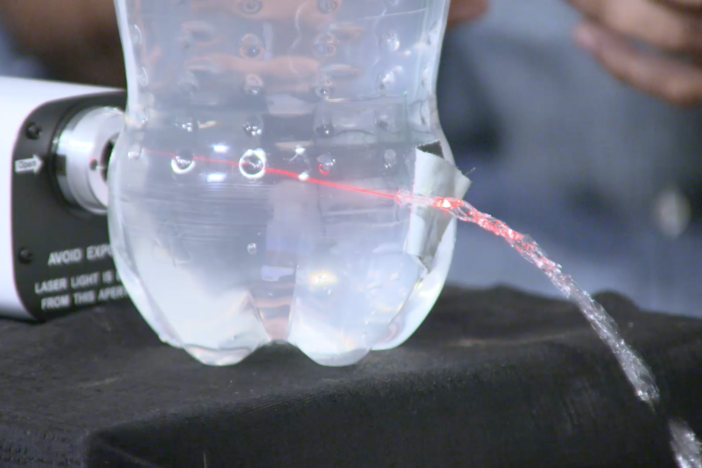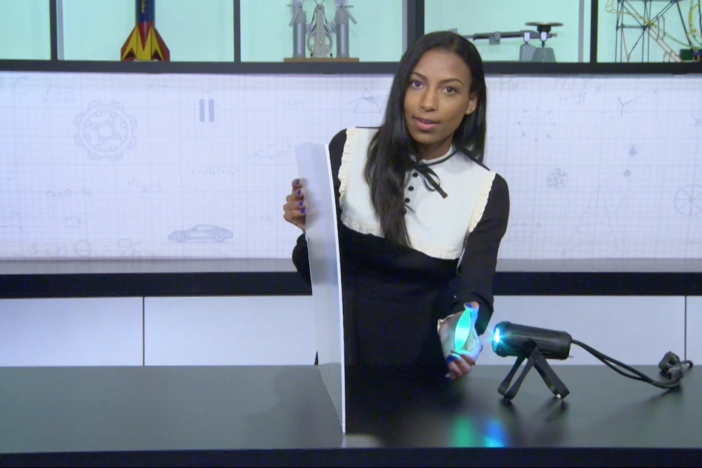Segment H: Light: Diffraction and Interference
Light diffraction and interference are investigated as we observe light going through single and double slits. We then apply these ideas as we learn about holograms
Segment H: Light: Diffraction and Interference
Light diffraction and interference are investigated as we observe light going through single and double slits. We then apply these ideas as we learn about holograms
Science
Obtain, evaluate, and communicate information about the properties and applications of waves.
Develop and use models to describe and calculate characteristics related to the interference and diffraction of waves (single and double slits).
Plan and carry out investigations to characterize the properties and behavior of electromagnetic waves.
Plan and carry out investigations to describe changes in diffraction patterns associated with geometry and wavelength for mechanical and electromagnetic waves.
Obtain, evaluate, and communicate information to explain the properties of waves.
Develop models based on experimental evidence that illustrate the phenomena of reflection, refraction, interference, and diffraction.
Obtain, evaluate, and communicate information to support the claim that electromagnetic (light) waves behave differently than mechanical (sound) waves.
Develop and use a model to compare and contrast how light and sound waves are reflected, refracted, absorbed, diffracted or transmitted through various materials.
-Define the terms diffraction and interference.
-Explain how double slit diffraction creates interference patterns within light waves.
-Describe how amplitude is affected by light waves interfering with one another constructively and destructively.
-Compare and contrast the properties of maxima and minima seen with single and double slits.
-Describe what happens to the distance between maxima when different wavelengths of light go through single and double slits.
-Explore real world applications of light interference and diffraction.
constructive interference - when two waves interact in phase with one another, that is, their peaks and their troughs are in sync; it increases the amplitude of the combined wave.
destructive interference - when the peak of one wave overlaps with the trough of another wave, diminishing the amplitude of the combined wave.
diffraction - the bending of a wave around a barrier.
Huygens’ principle - every point on a wave behaves as a separate wave or wavelet.
interference - the overlapping of waves forming a resultant wave of increased or decreased amplitude.
maxima - areas of constructive interference as two waves overlap one another; seen as bright spots on the screen.
minima - areas of destructive interference as two waves overlap one another; seen as dark spots on the screen.
wave-particle duality - the idea that light behaves like a particle and like a wave.
The Physics in Motion teacher toolkit provides instructions and answer keys for study questions, practice problems, labs for all seven units of study. GPB offers the teacher toolkit at no cost to Georgia educators.To order your teacher toolkit, complete and submit this form to request the teacher toolkit. You only need to submit this form one time to get materials for all seven units.
